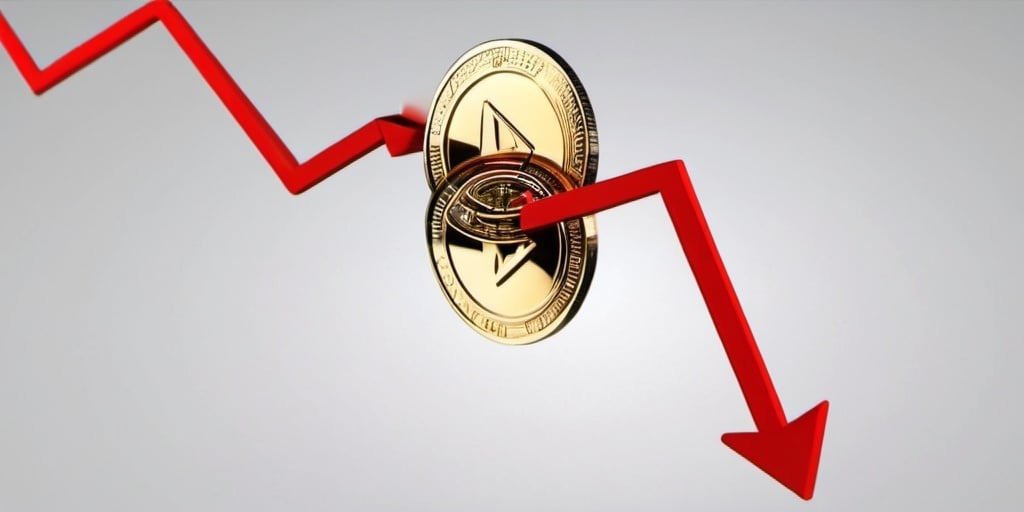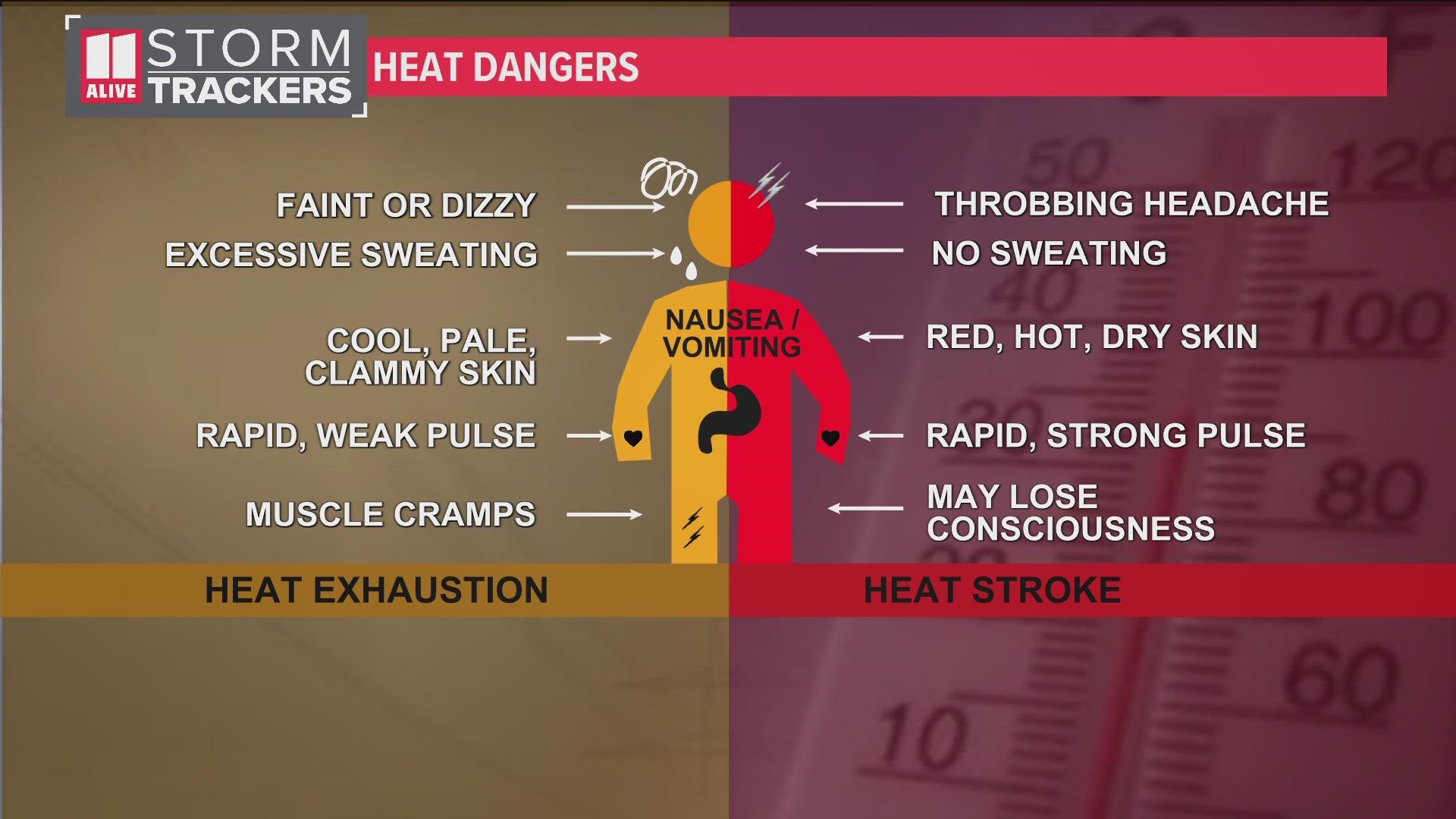The Ongoing Threat Of Measles: Factors Contributing To Its Persistence

Table of Contents
Vaccine Hesitancy and Misinformation
The rise of vaccine hesitancy is a major driver of measles outbreaks. Misinformation, often spread rapidly through social media and amplified by anti-vaccine movements, significantly impacts parental decisions regarding vaccination.
The Role of Social Media and Anti-vaccine Movements
Social media platforms provide fertile ground for the dissemination of misleading information about vaccines. False claims about vaccine safety and efficacy spread like wildfire, often bypassing fact-checking mechanisms and exploiting confirmation bias.
- Examples of misleading information: Claims linking vaccines to autism, asserting that natural immunity is superior, or exaggerating the risks of vaccine side effects.
- Impact of celebrity endorsements: Endorsements from celebrities or influential figures, even without scientific backing, can significantly sway public opinion and fuel vaccine hesitancy.
- Difficulty in debunking false claims: Once misinformation takes hold, it can be incredibly challenging to debunk it, even with scientific evidence. Cognitive biases and the emotional appeal of misinformation often outweigh rational arguments.
The psychological factors underlying vaccine hesitancy are complex. Fear of side effects, mistrust of authority (including healthcare professionals and governments), and confirmation bias—the tendency to seek out information confirming pre-existing beliefs—all contribute to vaccine refusal.
Addressing Vaccine Hesitancy through Education and Public Health Initiatives
Combating misinformation requires a multi-pronged approach focusing on education and public health initiatives. Targeted campaigns, community outreach programs, and collaborations with trusted healthcare professionals are crucial.
- Successful public health campaigns: Examples include campaigns using clear, accessible language, leveraging visuals, and focusing on the benefits of vaccination rather than solely on fear-mongering.
- Importance of clear, accessible information: Information must be tailored to different demographics and presented in a way that is easily understood and relatable. This includes using plain language, avoiding jargon, and providing credible sources.
- Leveraging community leaders and influencers: Engaging trusted community members, religious leaders, and local influencers can help bridge the gap between health professionals and hesitant populations.
The effectiveness of different communication methods in addressing vaccine hesitancy needs to be carefully evaluated and adapted based on the specific context and audience. This might include utilizing social media platforms themselves to disseminate correct information, partnering with social media influencers to promote vaccination, and developing tailored communication strategies for different cultural groups.
Gaps in Vaccination Coverage and Access
Uneven access to vaccines and gaps in vaccination coverage contribute significantly to the persistence of measles. Underserved communities often face multiple barriers to vaccination.
Unequal Access to Vaccines in Underserved Communities
Marginalized populations experience disproportionately low vaccination rates due to several intertwined factors:
- Examples of areas with low vaccination rates: Rural areas, low-income neighborhoods, and communities with limited access to healthcare infrastructure often show significantly lower vaccination rates.
- Impact of poverty and lack of healthcare infrastructure: Financial constraints, lack of transportation, and limited availability of healthcare services can prevent individuals from accessing vaccines.
- Role of cultural beliefs: Cultural beliefs and mistrust of the healthcare system can also influence vaccine uptake in certain communities.
Initiatives aimed at improving vaccine access in underserved communities often involve mobile vaccination clinics, community health workers, and culturally sensitive outreach programs.
Importance of Maintaining High Vaccination Rates for Herd Immunity
High vaccination rates are essential for achieving herd immunity—a state where a sufficiently large proportion of the population is immune to a disease, protecting even those who cannot be vaccinated (e.g., infants or immunocompromised individuals).
- Percentage of vaccination required for herd immunity: The percentage needed varies depending on the disease; for measles, it's typically around 95%.
- Impact of low vaccination rates on outbreak potential: Low vaccination rates create gaps in immunity, making it easier for the virus to spread and increasing the risk of outbreaks.
- Vulnerability of immunocompromised individuals: Individuals with weakened immune systems are particularly vulnerable to measles and rely on herd immunity for protection.
Insufficient herd immunity has dire consequences, leading to larger and more frequent outbreaks, increased morbidity and mortality, and greater strain on healthcare systems.
Global Migration and International Travel
International travel and global migration facilitate the rapid spread of measles across borders. Measles is highly contagious, and infected individuals can unknowingly spread the virus during travel.
The Role of International Travel in Spreading Measles
International travel, particularly from regions with lower vaccination rates, significantly contributes to measles outbreaks globally:
- Examples of measles outbreaks linked to international travel: Numerous outbreaks have been traced back to travelers returning from countries with ongoing measles transmission.
- Importance of vaccination before travel: Vaccination before international travel is crucial to protect individuals and prevent the importation of measles into areas with high vaccination rates.
- Role of airport screening and quarantine measures: While airport screening and quarantine measures can play a role, they are not foolproof and rely on early detection and effective implementation.
Tracking and controlling measles outbreaks in a globally interconnected world presents significant challenges.
Strengthening Global Surveillance and Collaboration
Effective global surveillance and international collaboration are essential for monitoring measles outbreaks, sharing data, and coordinating response efforts:
- Examples of successful international collaborations: The World Health Organization (WHO) plays a crucial role in coordinating global efforts to control measles.
- Role of the World Health Organization: The WHO provides technical guidance, supports vaccination campaigns, and monitors global measles trends.
- Importance of data sharing and early warning systems: Rapid sharing of epidemiological data and early warning systems are critical for timely responses to outbreaks.
Improving global surveillance and response capacity requires enhanced data collection, improved laboratory diagnostics, and strengthened international collaboration.
Conclusion
The persistent threat of measles underscores the need for sustained efforts to improve vaccination coverage, address vaccine hesitancy, and strengthen global surveillance. While the measles vaccine offers a powerful tool in eradicating this disease, success requires tackling the multifaceted challenges outlined above. We must continue to prioritize measles vaccination and invest in public health initiatives to effectively combat the ongoing threat of measles and protect vulnerable populations. Let's work together to eliminate measles through increased awareness and proactive vaccination strategies.

Featured Posts
-
 Brooke Shields Candid Admission Avoiding Motherhood With Agassi
May 30, 2025
Brooke Shields Candid Admission Avoiding Motherhood With Agassi
May 30, 2025 -
 Stjernes Kritik Af Dansk Chef En Sag Om Respekt Og Arbejdsforhold
May 30, 2025
Stjernes Kritik Af Dansk Chef En Sag Om Respekt Og Arbejdsforhold
May 30, 2025 -
 Why Your Forecast Might Not Include An Excessive Heat Warning
May 30, 2025
Why Your Forecast Might Not Include An Excessive Heat Warning
May 30, 2025 -
 Harga Lebih Murah Kawasaki Z900 Dan Z900 Se Di Indonesia Sebuah Tinjauan
May 30, 2025
Harga Lebih Murah Kawasaki Z900 Dan Z900 Se Di Indonesia Sebuah Tinjauan
May 30, 2025 -
 Understanding The Countrys New Business Hotspots Growth And Opportunities
May 30, 2025
Understanding The Countrys New Business Hotspots Growth And Opportunities
May 30, 2025
Latest Posts
-
 Munichs Bmw Open 2025 Zverev Battles Griekspoor In Quarter Finals
May 31, 2025
Munichs Bmw Open 2025 Zverev Battles Griekspoor In Quarter Finals
May 31, 2025 -
 May Day Rally In Kingston Images Show Strength And Solidarity Daily Freeman
May 31, 2025
May Day Rally In Kingston Images Show Strength And Solidarity Daily Freeman
May 31, 2025 -
 Bmw Open 2025 Zverev Griekspoor Quarter Final Showdown In Munich
May 31, 2025
Bmw Open 2025 Zverev Griekspoor Quarter Final Showdown In Munich
May 31, 2025 -
 Indian Wells Surprise Zverevs First Match Exit And His Honest Assessment
May 31, 2025
Indian Wells Surprise Zverevs First Match Exit And His Honest Assessment
May 31, 2025 -
 Trump Administration Loses Key Advisor Elon Musks Resignation Explained
May 31, 2025
Trump Administration Loses Key Advisor Elon Musks Resignation Explained
May 31, 2025
